Patch panels - LAN
-
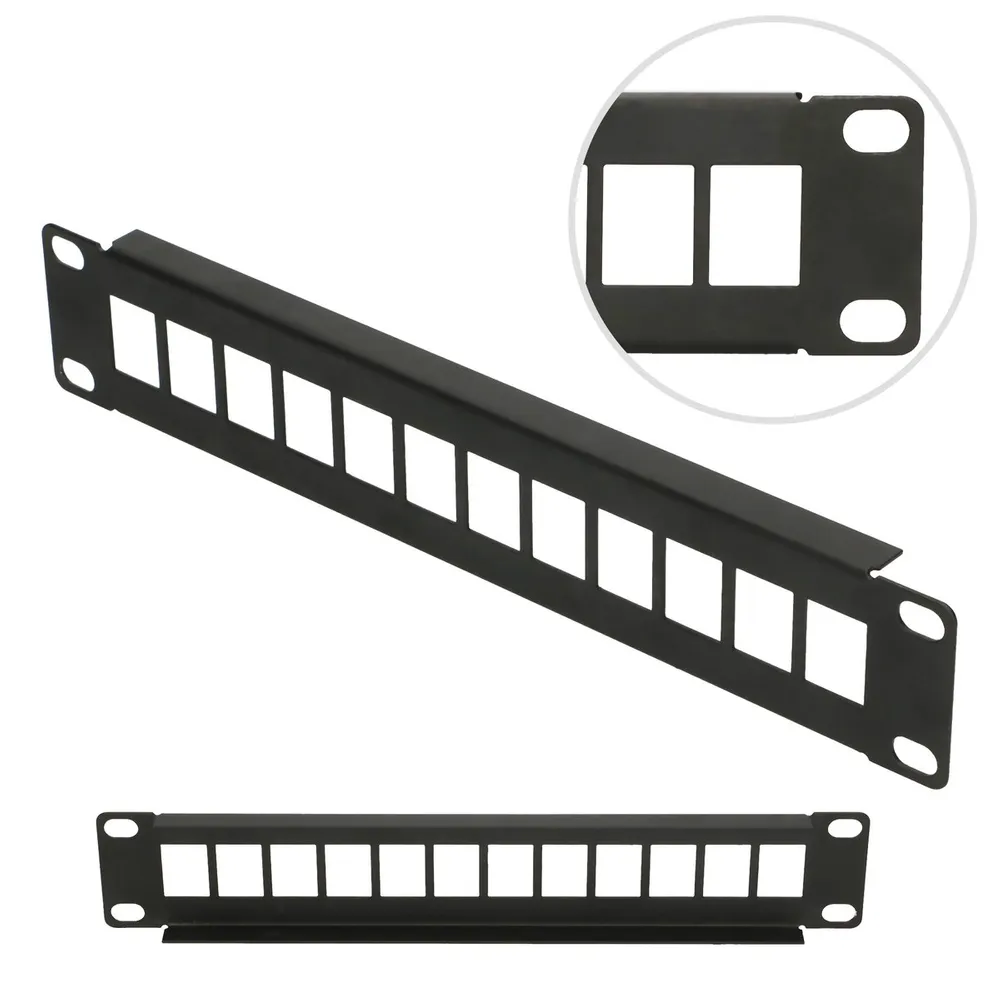
Extralink 12 Port 10″ Patchpanel
13,55 zł Gross -
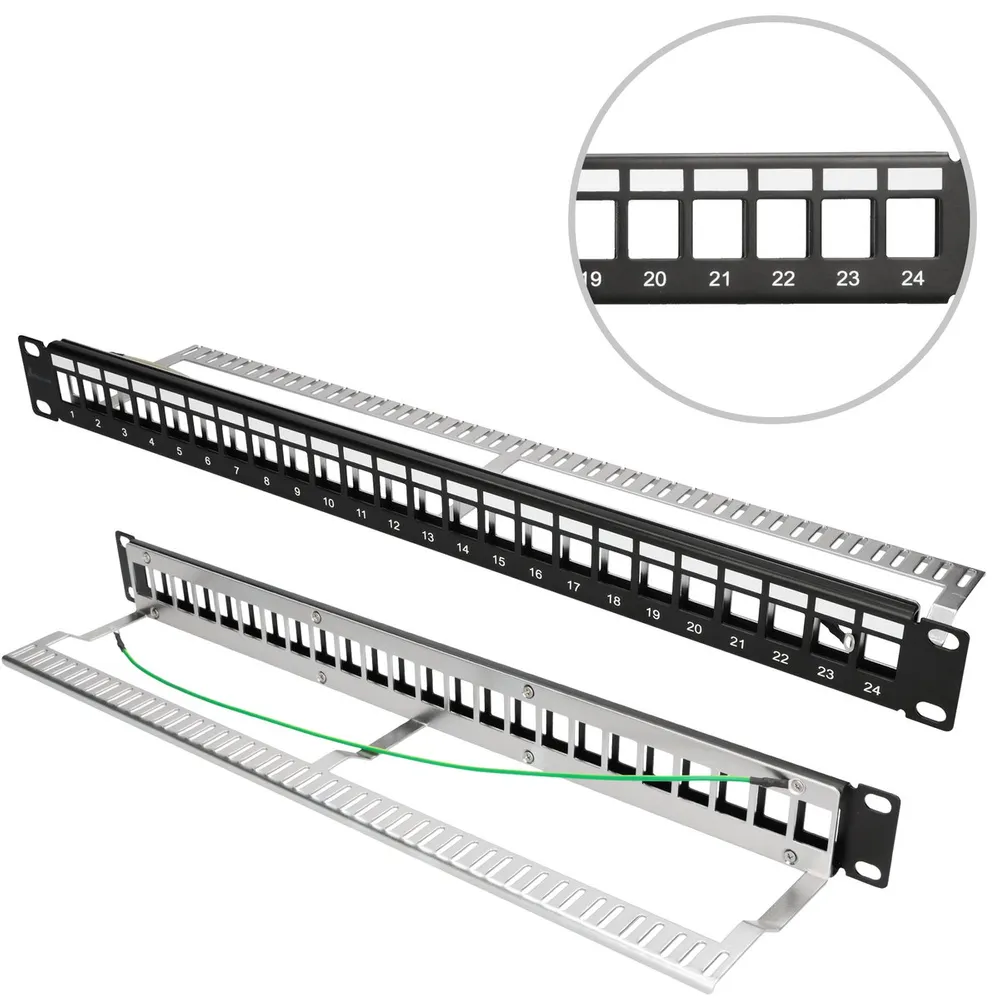
Extralink 24 Port STP Patchpanel
39,99 zł Gross -
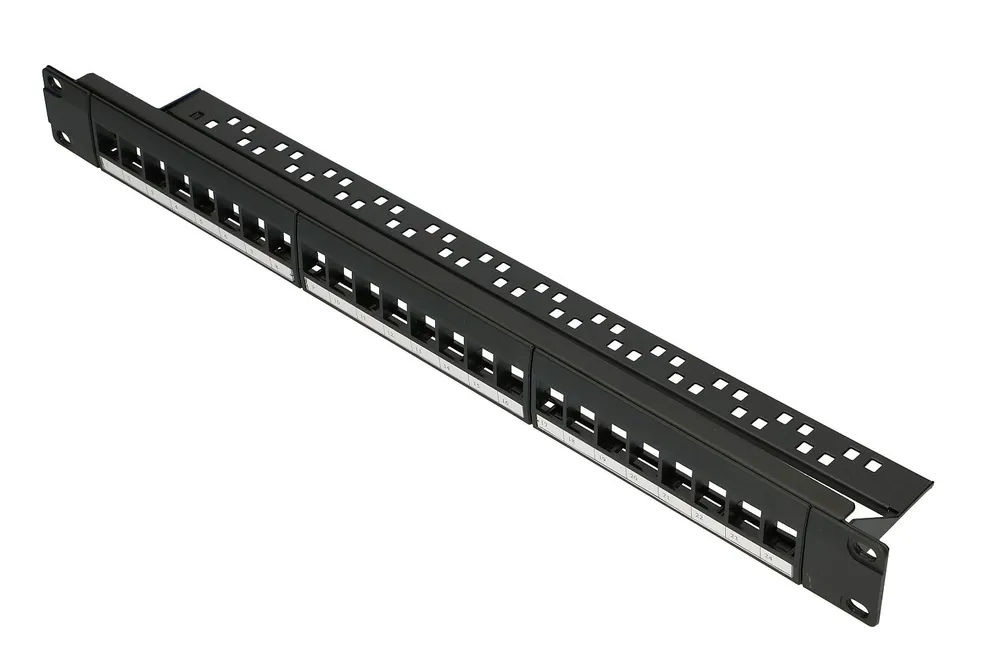
Extralink 24 Port UTP Patchpanel
37,99 zł Gross -
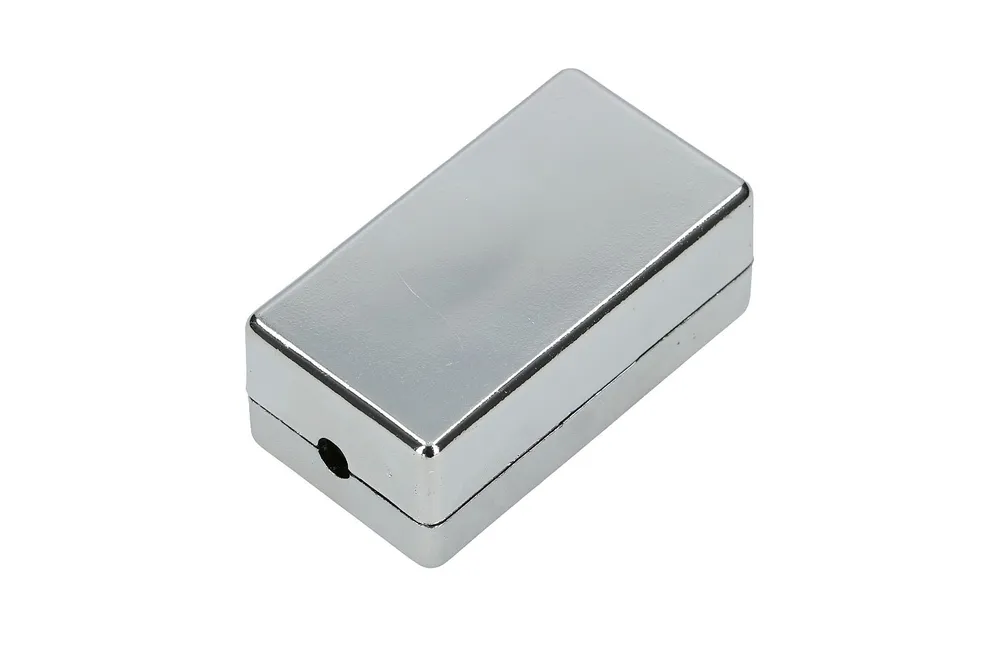
Extralink CAT5E STP Junction Box
7,15 zł Gross -
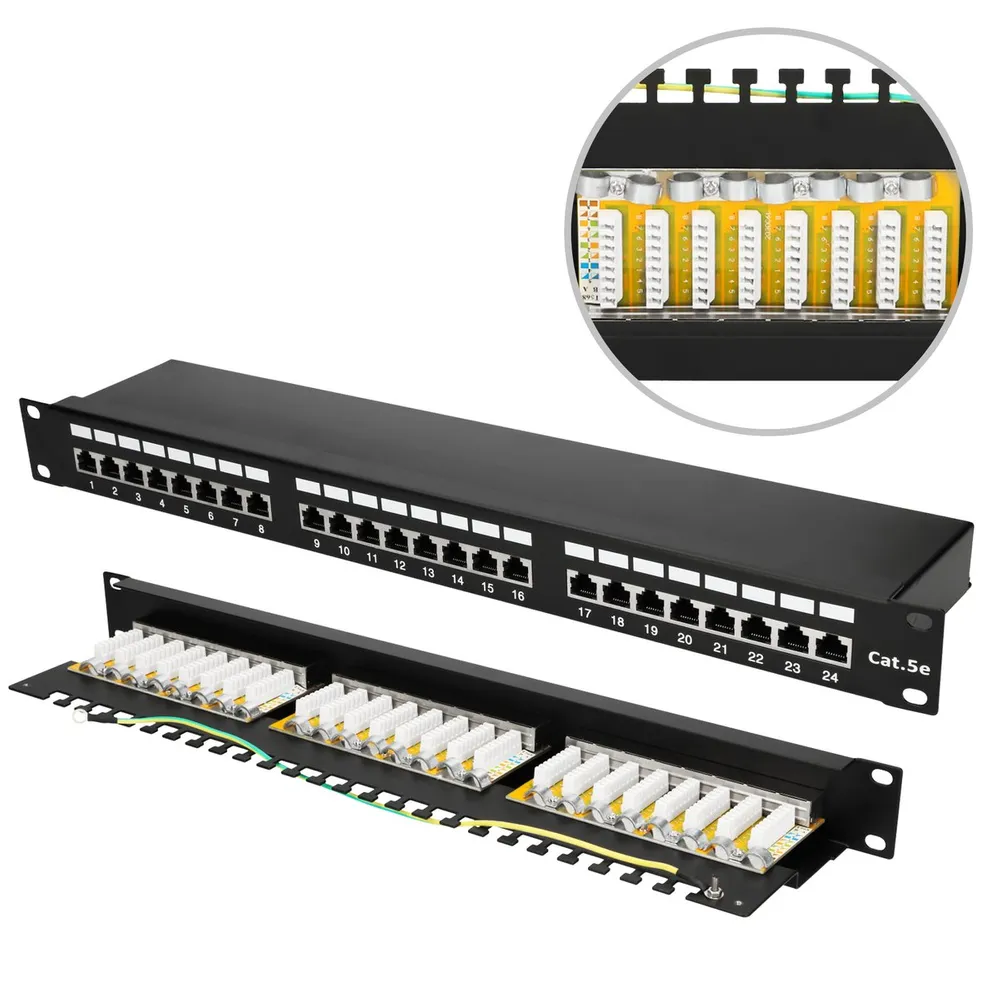
Extralink CAT5E STP V2 Patchpanel
98,61 zł Gross -
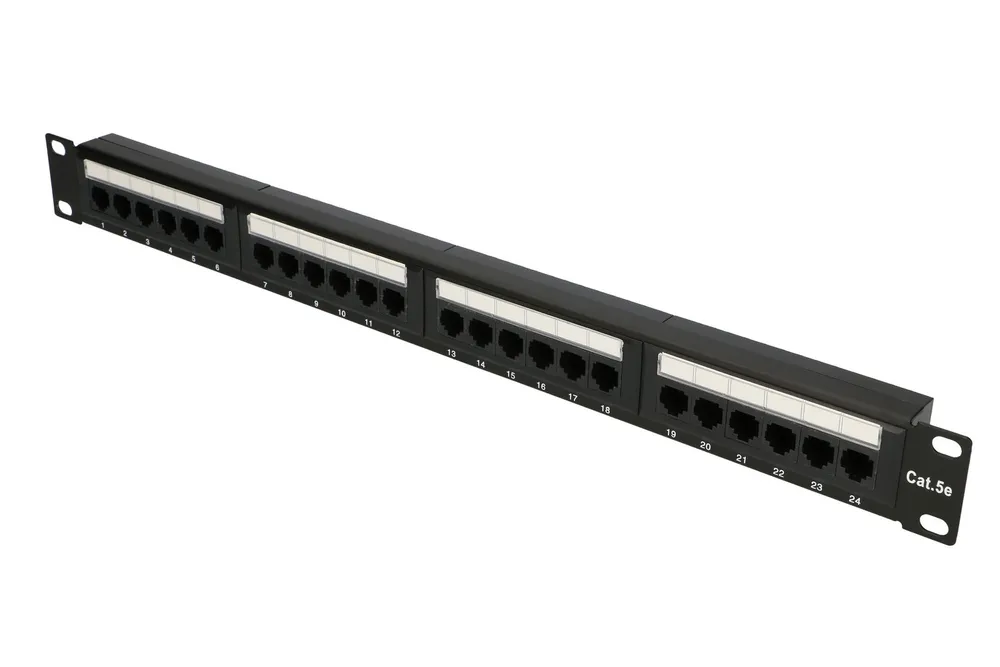
Extralink CAT5E UTP Patchpanel
89,99 zł Gross -
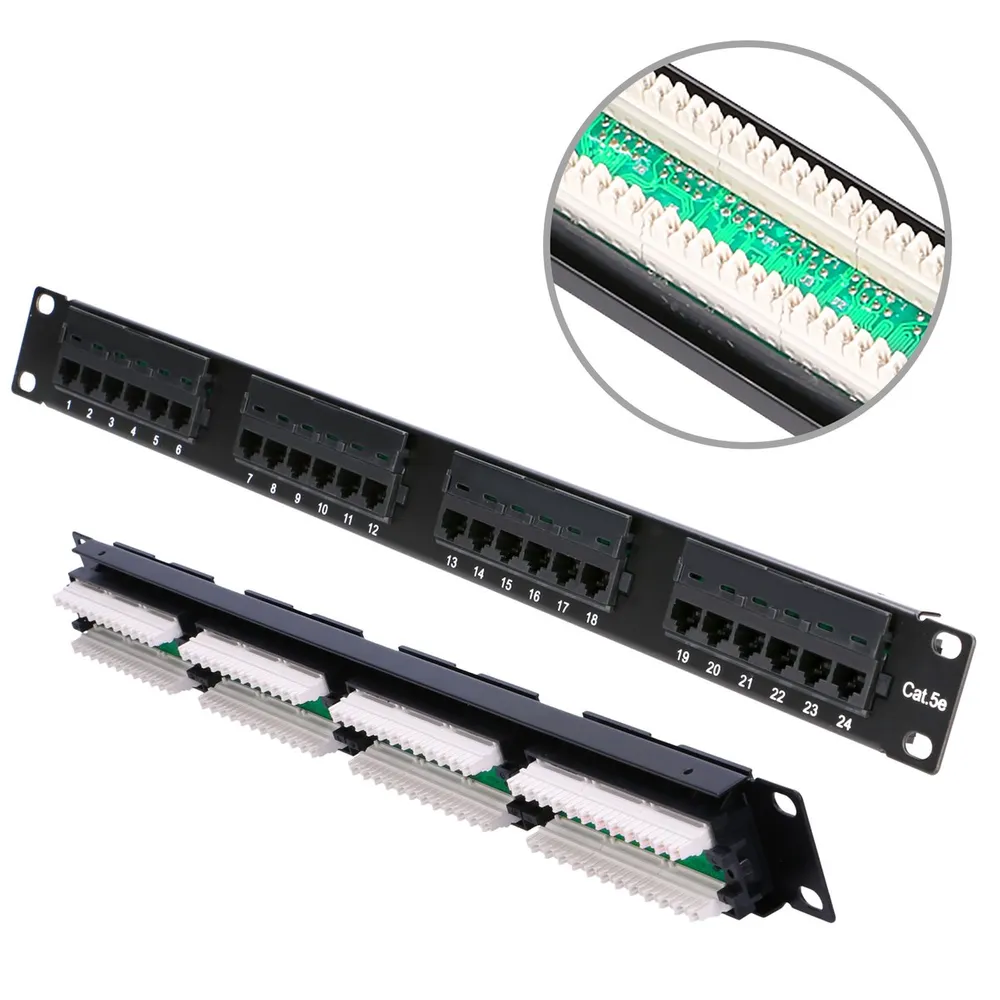
Extralink CAT5E UTP Patchpanel
62,98 zł Gross -
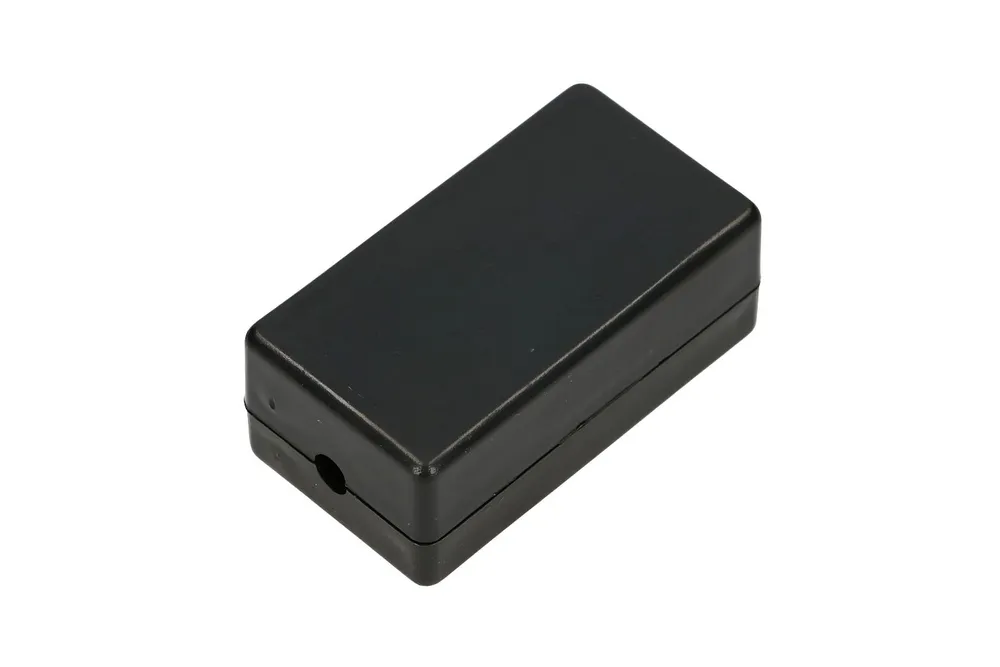
Extralink CAT5E UTP Junction Box
9,99 zł Gross -
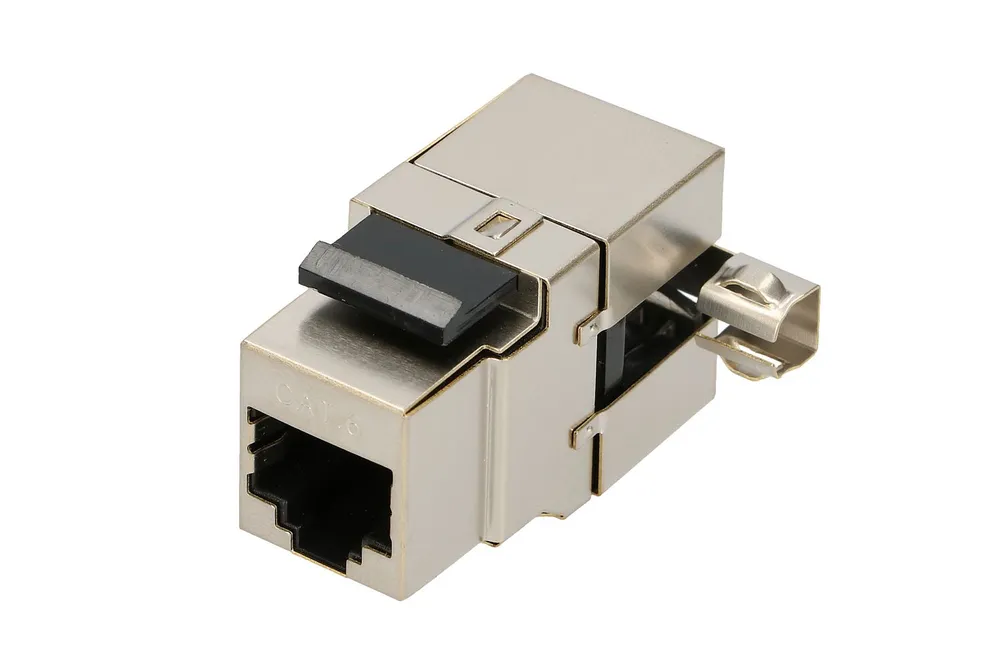
Extralink CAT6 STP Keystone
13,99 zł Gross -
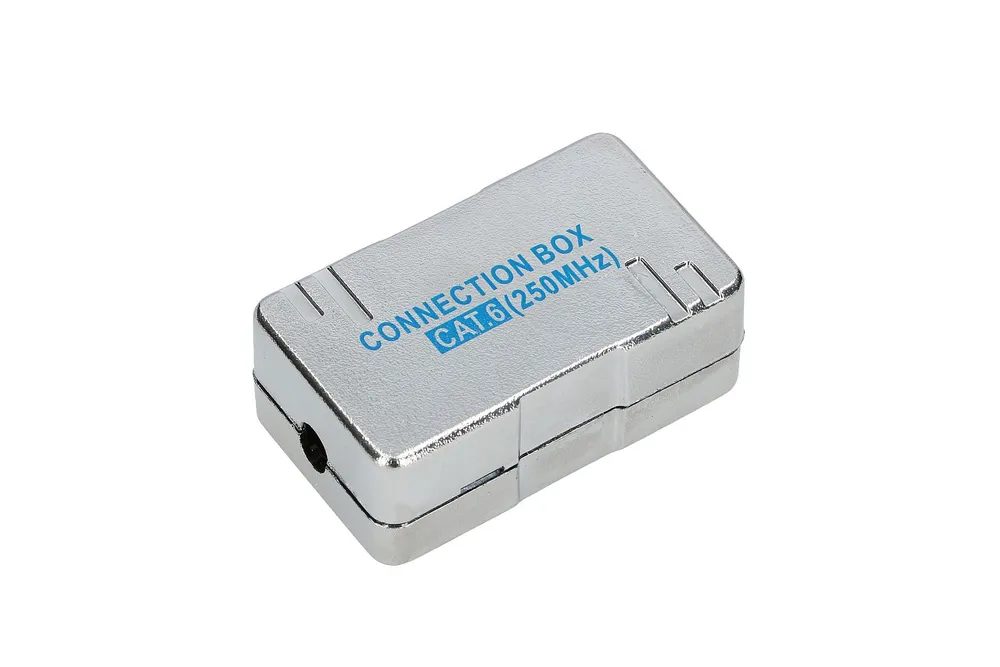
Extralink CAT6 STP Junction Box
9,99 zł Gross -
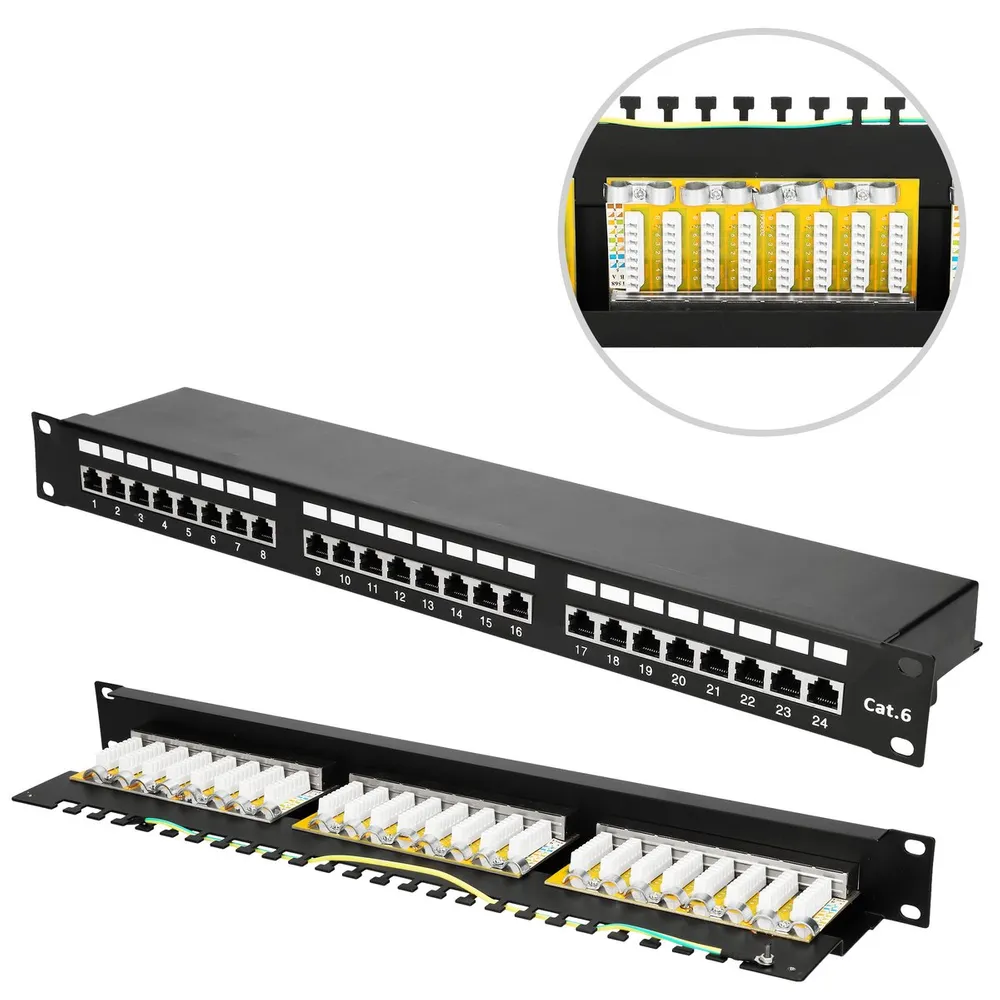
Extralink CAT6 STP V2 Patchpanel
189,99 zł Gross -
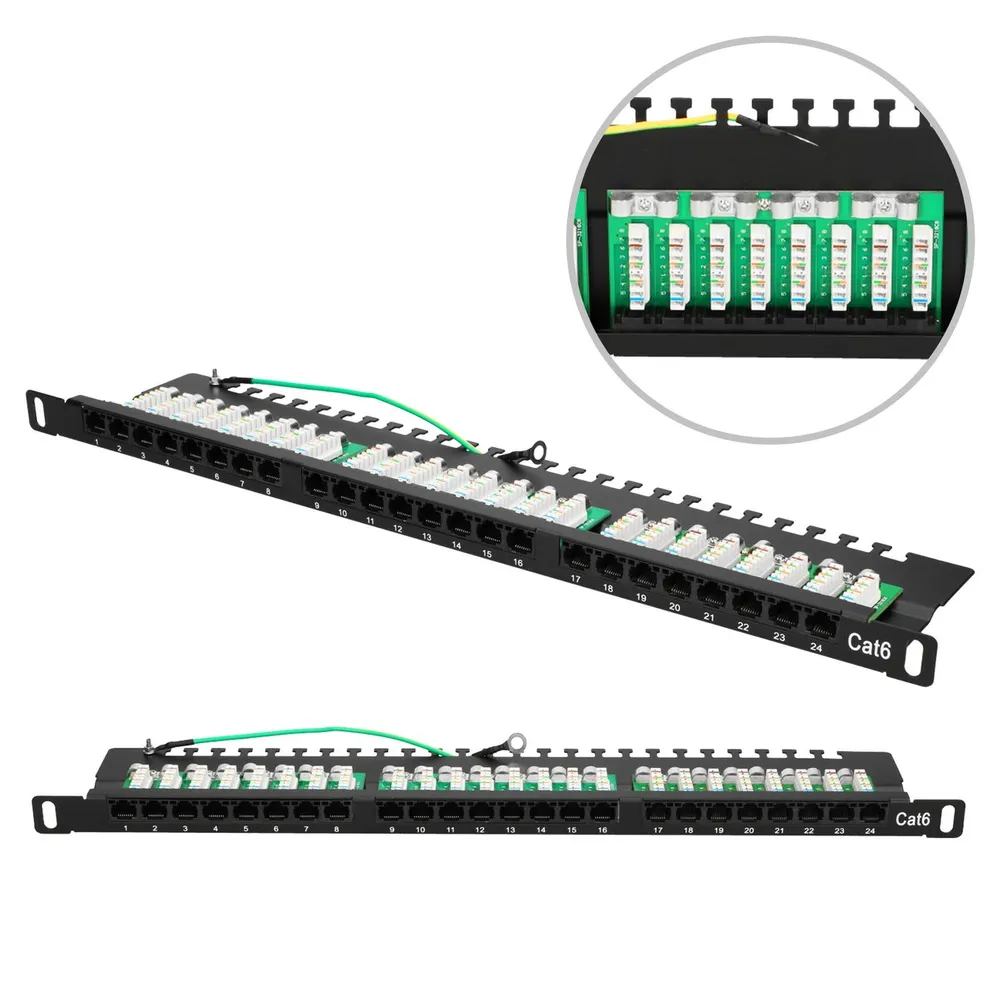
Extralink CAT6 UTP 0.5U Patchpanel
139,99 zł Gross -
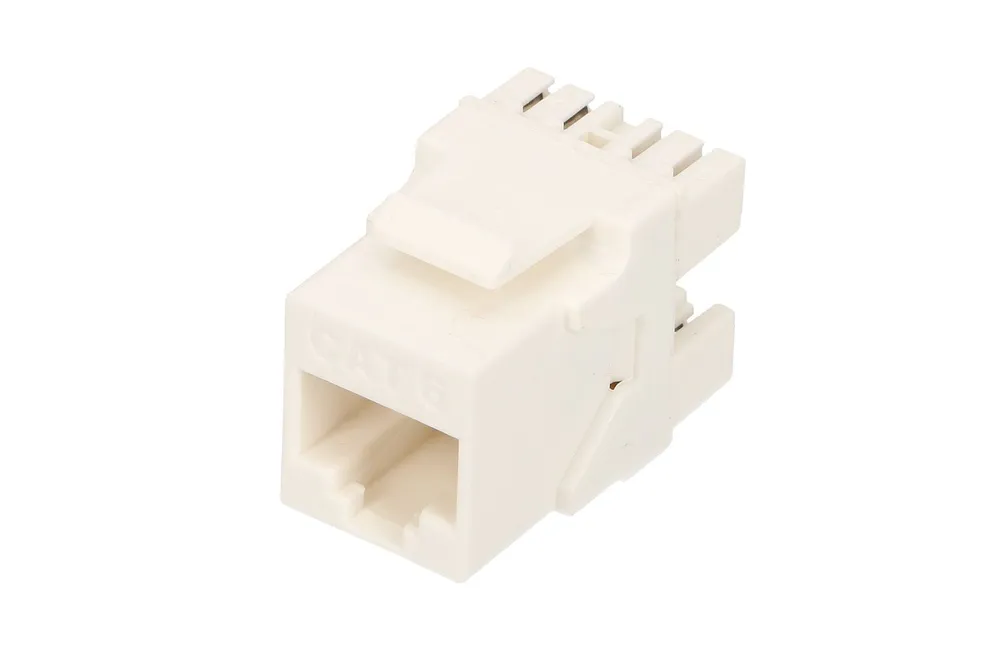
Extralink CAT6 UTP Keystone
4,49 zł Gross -
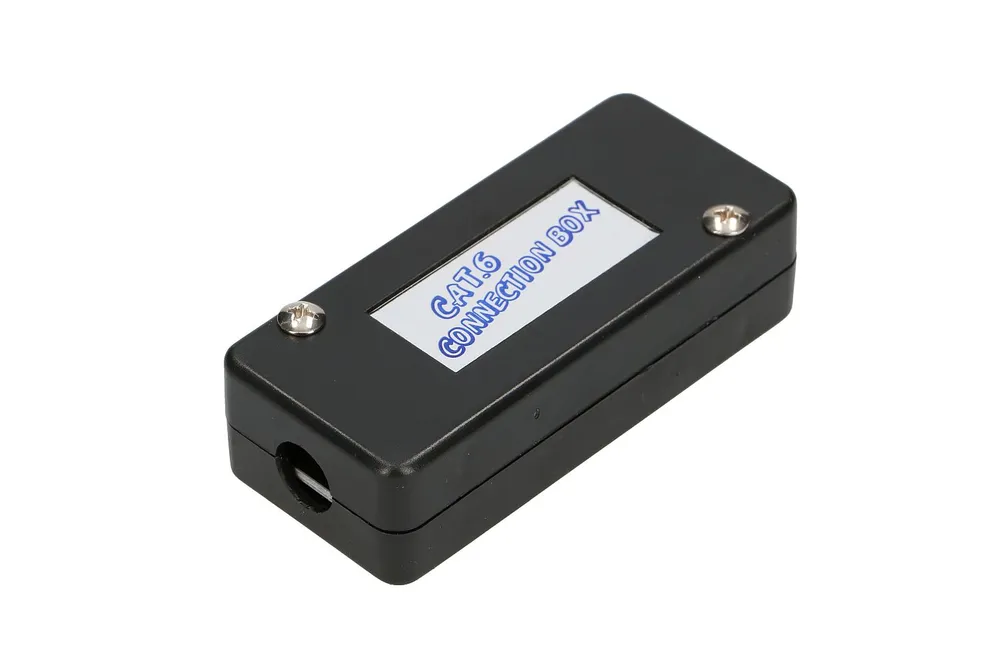
Extralink CAT6 UTP Junction Box
9,50 zł Gross -
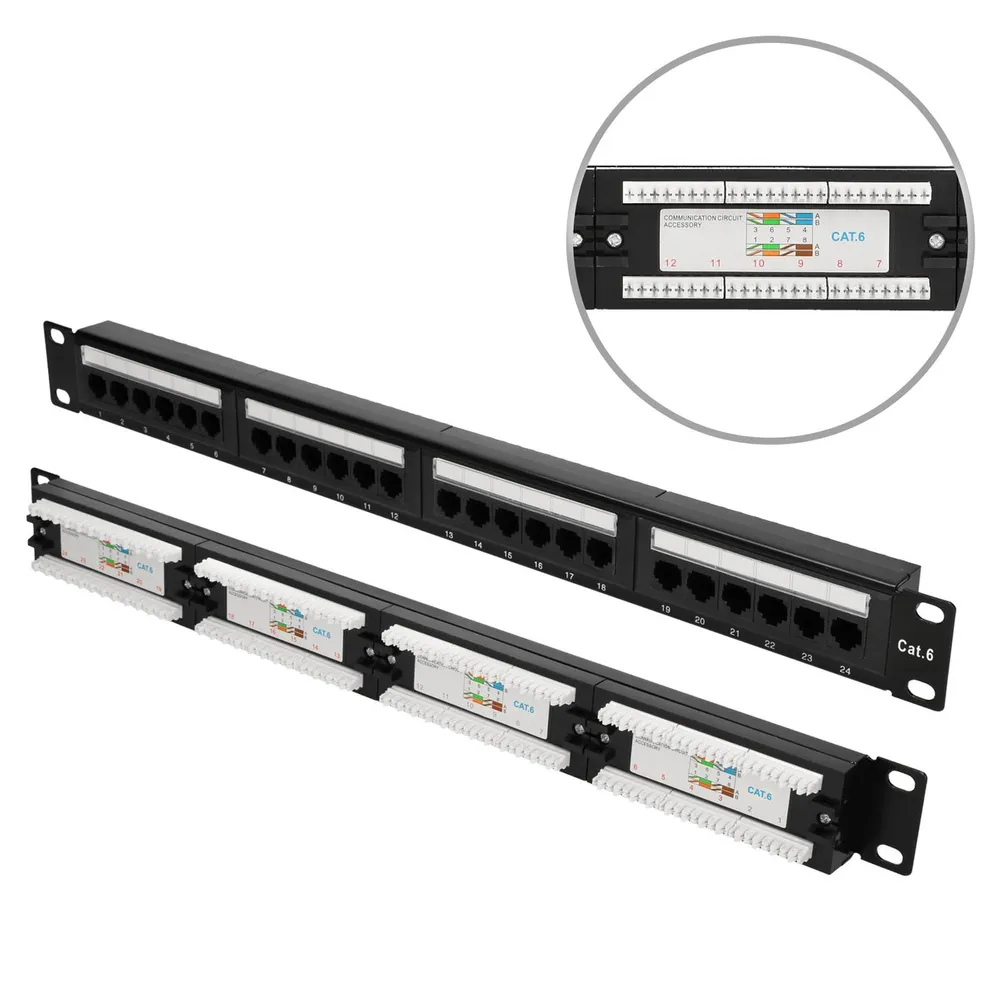
Extralink CAT6 UTP V2 Patchpanel
52,26 zł Gross -
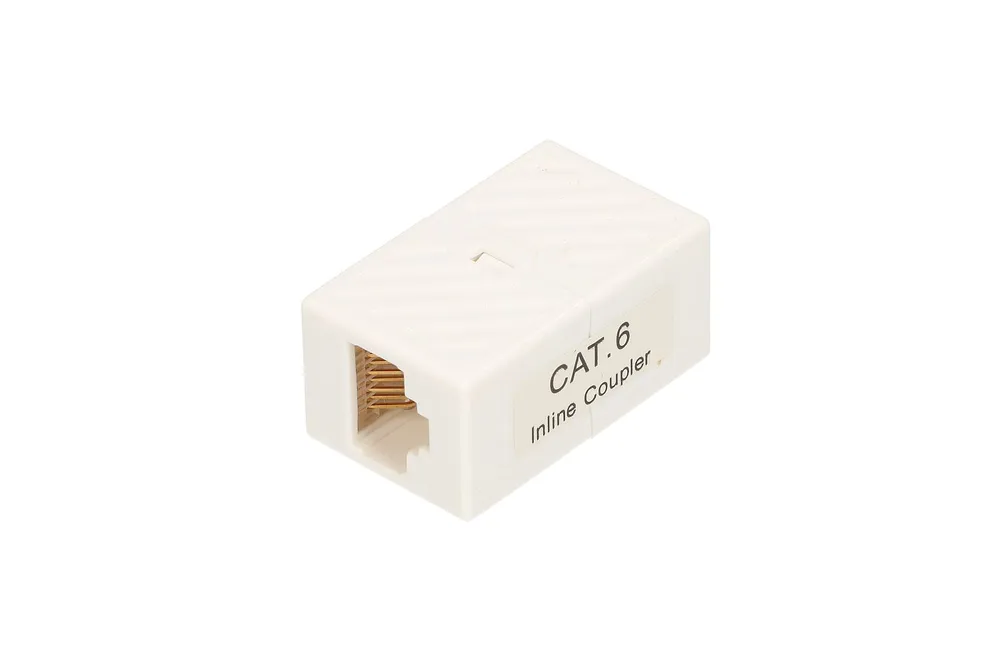
Extralink CAT6 UTP Connector RJ45
8,00 zł Gross
What is a patch panel - LAN?
LAN patch panels are essential devices in computer network infrastructures that are used to organise and manage Ethernet cabling. They allow network cables to be centrally connected to network devices such as switches and routers, facilitating management, maintenance and changes to network configurations.
Types of LAN patch panels
- RJ45 connector category - hese are several types of LAN patch panels, which differ in connector category, number of ports, type of cable insulation and mounting method. Cat.5E panels are suitable for standard networks up to 1 Gbps, while Cat.6 and Cat.6A offer higher performance, supporting up to 10 Gbps, making them the ideal choice for more demanding networks.
- Number of ports - Patch panels can have a different number of ports, from 12 to 48, to suit the size of the network. 12-port panels are compact and will work well for smaller installations, while 24-port and 48-port panels are better for larger networks.
- Cable insulation - UTP panels, without shielding, are cheaper and sufficient in low-interference environments, while STP/FTP, with shielding, provide better protection against electromagnetic interference.
How do I choose the right LAN patch panel?
- Number of ports: If you need to connect multiple devices, choose a patch panel with a higher number of ports, such as a 24-port panel such as the Extralink Cat5E STP 24-port patch panel. For smaller installations, a panel with 12 ports will be suitable, e.g. Extralink 12-port patch panel.
- RJ45 connector category: If your network requires higher speeds, choose a Cat.6 patch panel, such as Extralink Cat6 STPwhich supports higher transmission speeds. For standard LANs, Cat.5E, as Extralink Cat5E UTP, will be the right choice.
- Cable insulation: In environments with high exposure to electromagnetic interference, a patch panel with STP shielding, such as STP, would be a better choice. Extralink 24-port STP patch panel. In other cases, a more cost-effective solution is a UTP patch panel, as Extralink 24-port UTP.
When choosing a patch panel, it is also worth paying attention to the mounting method. Keystone panels offer flexibility, allowing different modules to be installed, while panels with built-in RJ45 ports are simpler to install and a cheaper option. Either type of patch panel can be customised to meet the specific needs of the network, ensuring optimum performance and ease of management of the IT infrastructure.
